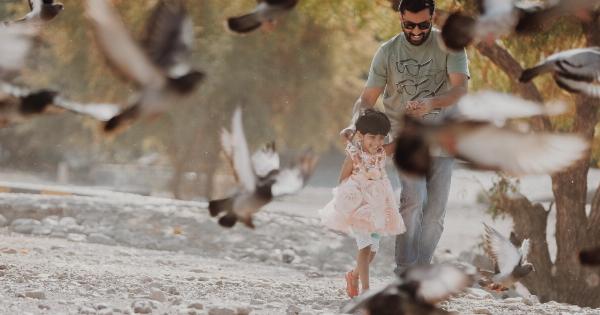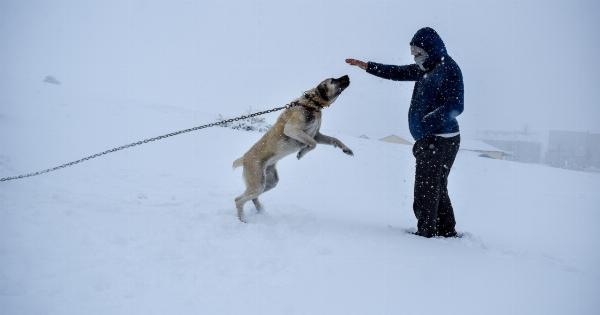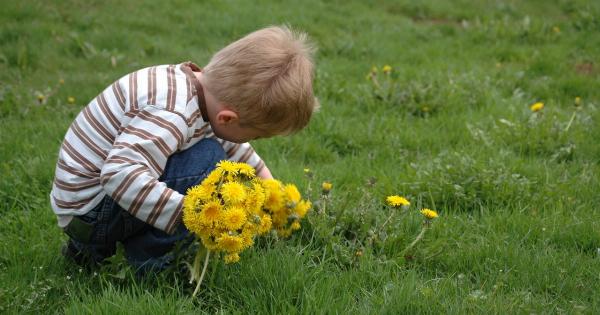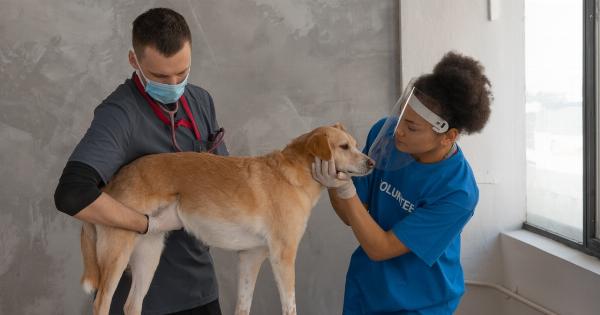Having a dog in the family can be a wonderful experience for both children and adults alike.
Not only do dogs provide companionship and unconditional love, but they can also teach children important life lessons such as responsibility, empathy, and compassion. Encouraging a lifelong bond between a child and a dog is crucial for their mutual well-being and happiness. In this article, we will explore various ways to foster this special relationship and ensure that it lasts a lifetime.
Choosing the Right Dog
The first step towards fostering a lifelong bond between a child and a dog is selecting the right dog breed. Some dog breeds are known to be more suitable for families with children due to their temperament and traits.
It is important to research and choose a breed that is known for being friendly, patient, and good with children.
Introducing the Dog to the Child
When introducing a new dog to a child, it is important to do so in a calm and controlled environment. Allow the child and the dog to interact under supervision and provide gentle guidance on how to approach and pet the dog.
Teach the child to be respectful of the dog’s boundaries and to always ask permission before petting or playing with the dog.
Teaching Responsibility
One of the key benefits of having a dog is that it teaches children responsibility.
Assigning age-appropriate tasks such as feeding, grooming, and walking the dog can help children develop a sense of responsibility and empathy towards their furry friend. It is essential to guide and supervise children in these tasks to ensure the safety and well-being of both the child and the dog.
Encouraging Playtime
Playtime is an essential part of bonding between a child and a dog. Encourage children to engage in interactive play with their dog, such as playing fetch, tug-of-war, or hide-and-seek.
These activities not only strengthen the bond but also provide exercise and mental stimulation for the dog. It is crucial to teach children to respect the dog’s cues and to never engage in rough play that may harm or scare the dog.
Building Trust and Communication
Building trust and effective communication is vital for a lasting bond between a child and a dog. Teach children to read and understand the dog’s body language, such as tail wagging, ear position, and overall posture.
This will help them recognize when the dog is happy, scared, or uncomfortable, allowing them to adjust their behavior accordingly.
Teaching Boundaries and Respect
Children need to learn that dogs are living creatures with their own boundaries and feelings. Teach them how to recognize and respect the dog’s personal space and boundaries.
Encourage them to avoid rough behavior, pulling on ears or tail, or bothering the dog while it is eating or resting. Instilling these values at a young age will promote a lifelong understanding and respect for animals.
Supervision and Safety
It is crucial to supervise interactions between a child and a dog, especially when they are young and developing their bond. Accidents can happen even with the gentlest dogs, so it is important to never leave a child and a dog unsupervised.
Teach children not to approach strange dogs without the owner’s permission and to be cautious around unfamiliar dogs.
Training the Dog and Child
Proper training is essential for both the dog and the child to coexist harmoniously. Teach the dog basic obedience commands such as sit, stay, and down.
This will not only make the dog more manageable but will also provide a sense of structure and consistency for the child. Additionally, consider enrolling the dog and child in obedience classes or training sessions to enhance their bond and understanding of each other.
Encouraging Empathy and Compassion
Children often develop a deep sense of empathy and compassion towards their pets. Encourage children to be empathetic towards their dog’s needs and emotions. This includes recognizing when the dog is in pain or distress and seeking appropriate help.
Teaching children to care for and comfort their dog not only strengthens their bond but also helps develop important life skills.
Creating Memories
Encourage children to create lasting memories with their dog. Encourage them to take pictures, make scrapbooks, or write stories about their adventures together.
These memories will not only strengthen their bond but also provide a treasure trove of joyful moments to look back on in the future.
Conclusion
The bond between a child and a dog is truly special.
By choosing the right dog, introducing them properly, teaching responsibility, encouraging playtime, building trust and communication, teaching boundaries and respect, ensuring supervision and safety, training both the dog and child, encouraging empathy and compassion, and creating lasting memories, we can foster a lifelong bond between the two that will bring joy and happiness for years to come.






























